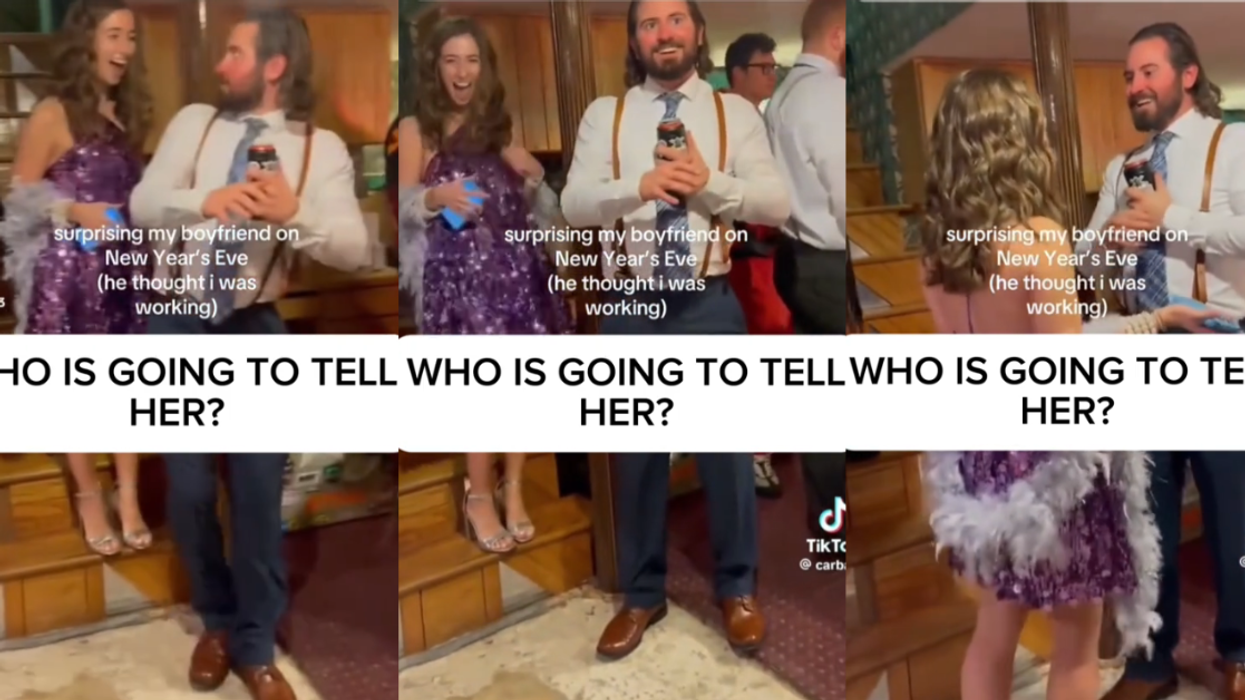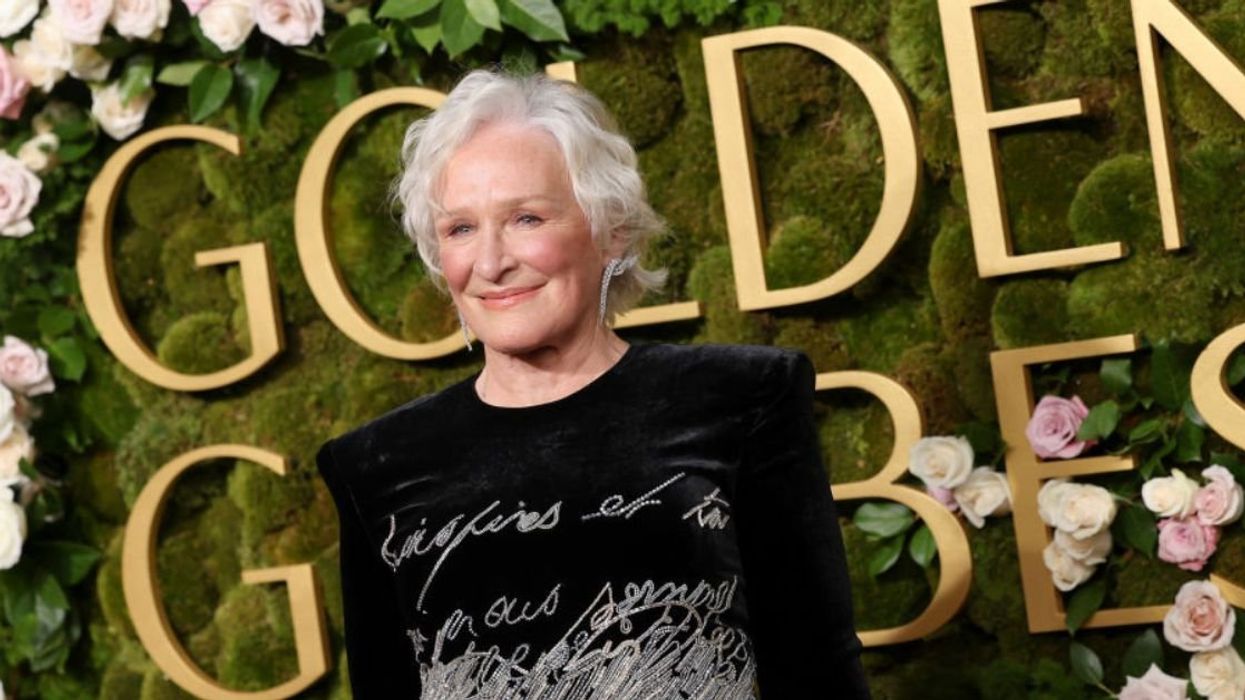President Franklin D. Roosevelt is universally accepted as one of the United State's greatest leaders. He turned the economy around after the Great Depression and led the country through the vast majority of World War II. He also famously contracted polio in his late 30's, leaving him largely without the use of his legs. Now, thanks to a never-before-seen video clip taken by a tourist at the White House, experts are getting a chance to see how FDR navigated the publicity of being President while also dealing with his handicap.
The idea that FDR kept his handicap a secret is actually a myth—most people knew that the President had contracted polio as an adult and his inability to walk without leg braces, a cane, and help from others was reported on in multiple news outlets like The New York Times. However, Roosevelt still felt he should be projecting an image of strength around the country and the world as the U.S. entered into WWII. Most Americans agreed with this view, as did the press, which resulted in an understanding that no photos of the President physically struggling would be taken.
At this event, which happens to be the White House Easter Egg Roll, Roosevelt can be seen walking to the balcony, aided by his bodyguard Gus Gennerich and a cane. Only once he arrives at the railing and Gennerich hides behind a nearby column does the press begin to take pictures. One tourist from Brooklyn, New York, however, was unaware of the protocol: Fred Hill. Hill captured the entire entrance of the President, giving a historians a great look at FDR's efforts to "keep up appearances."
The film was donated by Hill's family to the Franklin D. Roosevelt Presidential Library and Museum.
Geoffrey C. Ward, a biographer of President Roosevelt, was excited to watch the new footage. He told the Post it demonstrates FDR's choreographed press maneuvers in a totally new way:
The minute [FDR] gets to the railing, [Gennerich] steps way back and then he goes behind [a] pillar. And he doesn't come out again until Roosevelt is ready to leave.
While keeping up appearances for the sake of his country, Roosevelt also raised huge amounts of money for polio research. In 1934, at his first Birthday Ball, FDR raised $1 million and said that "as the representative of hundreds of thousands of crippled children, I accept this tribute."
The President's elaborate efforts to downplay the effects of his disability were widely successful. Historian Doris Kearns Goodwin commented in Ken Burns' The Roosevelts: An Intimate History:
They never saw him. There was an unwritten rule among photographers never to talk a picture of him with his braces on, in his wheelchair or with his crutches.
If anyone were to break that unwritten rule, the Secret Service was known to destroy photographs of the President in duress, and Roosevelt's press secretary refused to answer any questions on the subject.
But now, more than half a century later, video evidence shows FDR, despite his larger-than-life success, was a man like any other, struggling with the lot life had served him. Hindsight has also left Roosevelt his fair share of criticisms, especially regarding his treatment of Japanese citizens during WWII. Yet, despite those missteps and his ailment, he remains the only president to have served more than 2 terms, and is remembered by history as one of the most successful national figures of all time.
H/T - Time, Getty Images














 C-SPAN
C-SPAN

 @ilonamaher/Instagram
@ilonamaher/Instagram @ilonamaher/Instagram
@ilonamaher/Instagram @ilonamaher/Instagram
@ilonamaher/Instagram @ilonamaher/Instagram
@ilonamaher/Instagram @ilonamaher/Instagram
@ilonamaher/Instagram @ilonamaher/Instagram
@ilonamaher/Instagram @ilonamaher/Instagram
@ilonamaher/Instagram @ilonamaher/Instagram
@ilonamaher/Instagram
 popculturechat/reddit
popculturechat/reddit popculturechat/reddit
popculturechat/reddit popculturechat/reddit
popculturechat/reddit popculturechat/reddit
popculturechat/reddit popculturechat/reddit
popculturechat/reddit popculturechat/reddit
popculturechat/reddit Fauxmoi/reddit
Fauxmoi/reddit Fauxmoi/reddit
Fauxmoi/reddit Fauxmoi/reddit
Fauxmoi/reddit Fauxmoi/reddit
Fauxmoi/reddit